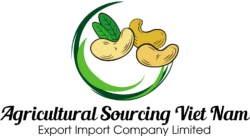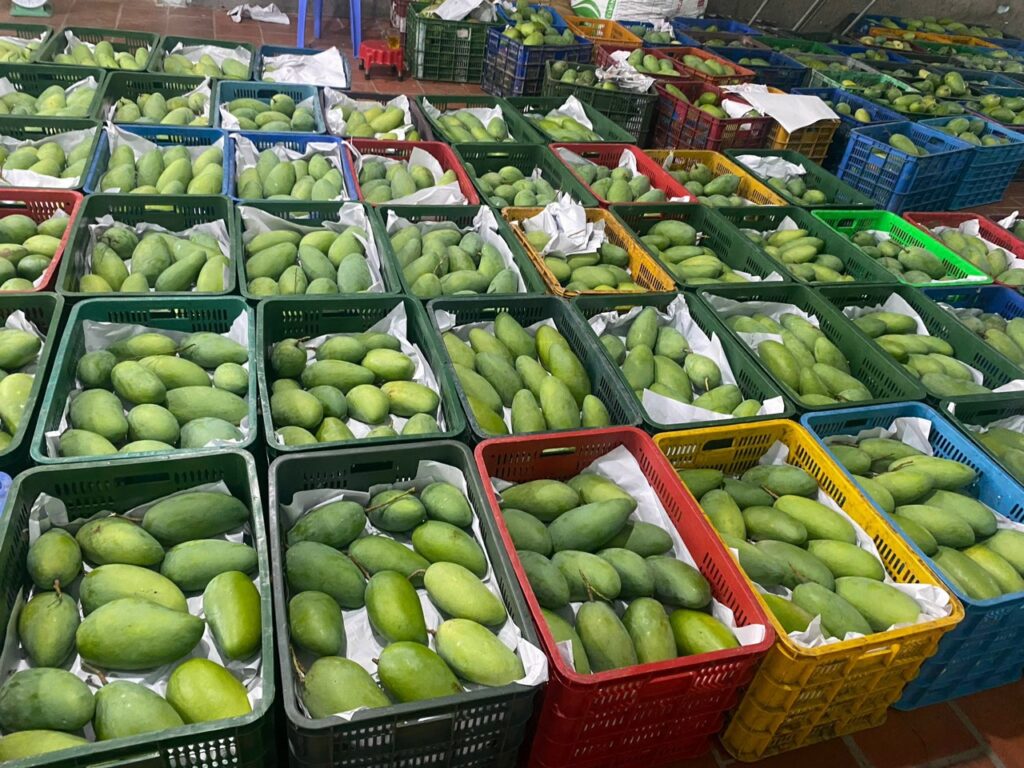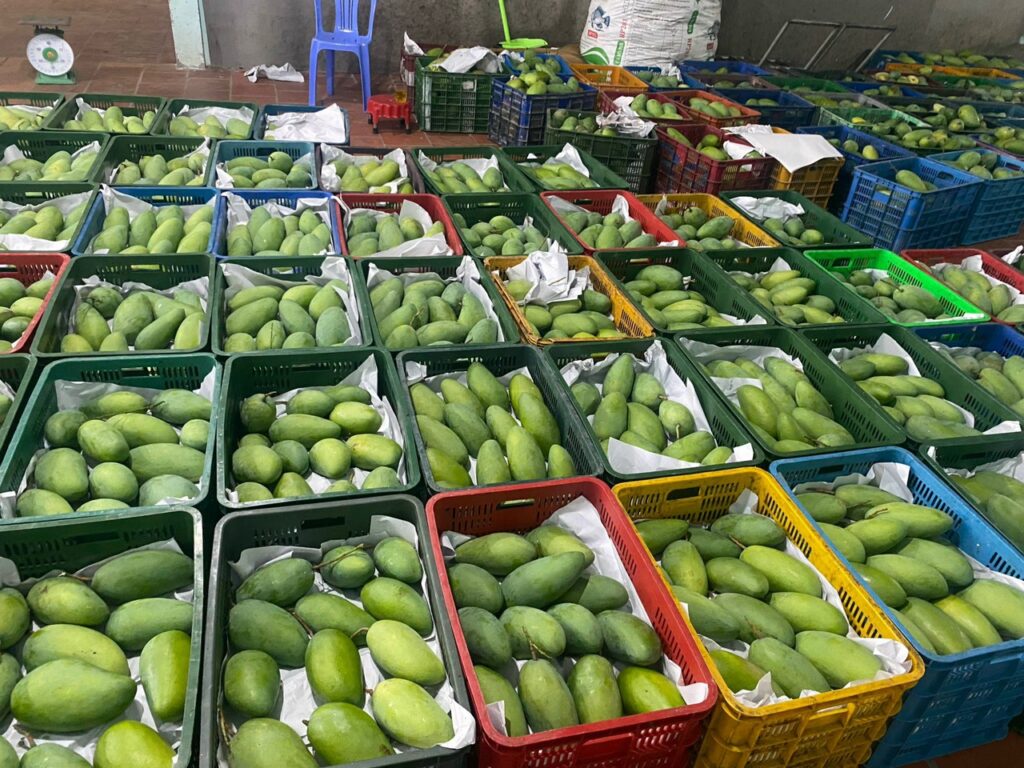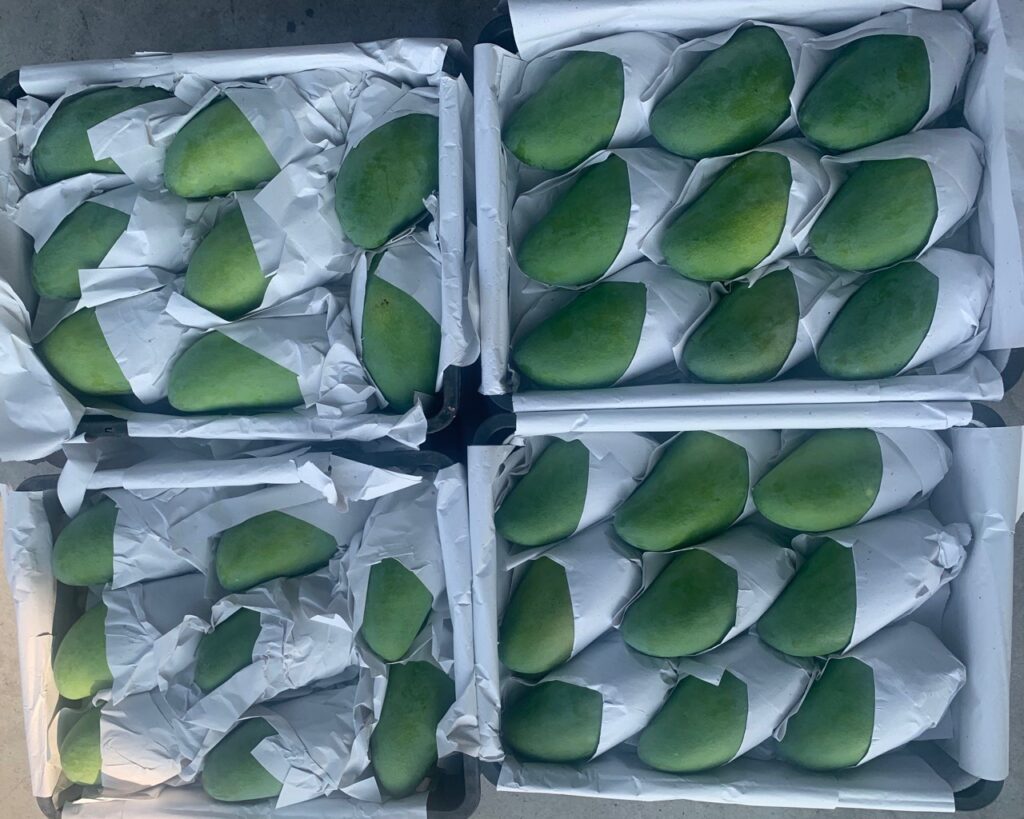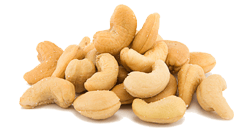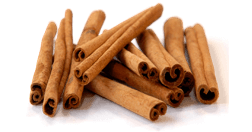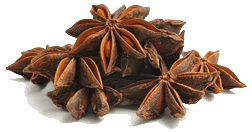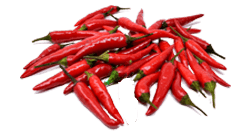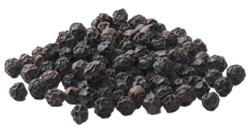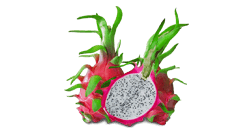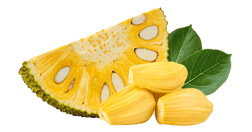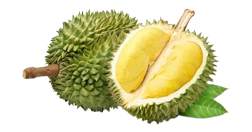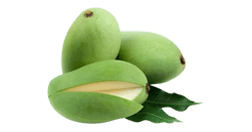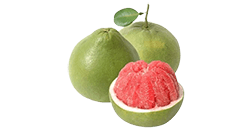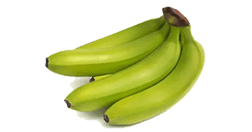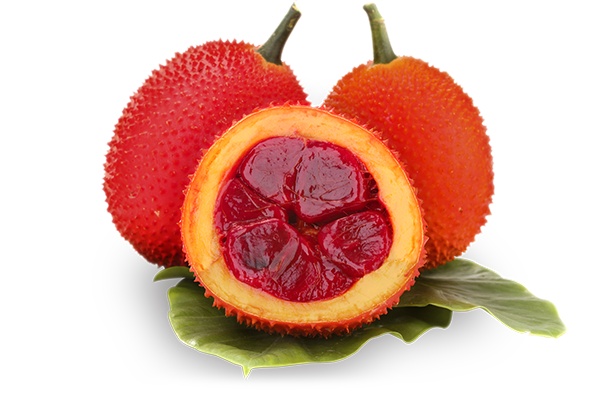
Mango fruit Vietnam
Mango Fruit
Mango Fruit from Vietnam.
Suppliers, Exporters, Producers and Processors of Mango Fruit
Origin: The Mekong Delta includes: Tien Giang, Dong Thap, An Giang, and Ben Tre Province.
Mango is a very popular crop in Vietnam, grown from North to South. The total area is about 87,000 hectares and the output is more than 969,000 tons/per year. The region with the highest production of mango is the Mekong Delta, including: Tien Giang, Dong Thap, An Giang, Ben Tre, Can Tho, Vinh Long.
Vietnam has many varieties of mango. Our exported mangoes: Dai Loan Mango, Hoa Loc Mango, Acacia mango, Big Mango, Cat Chu Mango….
TAIWAN MANGO
Taiwan mangoes are mainly grown in flooded areas in the Mekong Delta provinces. Mango is characterized by large fruit, thick flesh, thin seeds, sweet taste even when green or ripe.
Green Taiwanese mango, medium weight 1.0-1.2kg, thick pulp, firm flesh, low fiber, thin seeds, sweet taste.

HOA LOC MANGO
Hoa Loc mango is a specialty mango of the west, originating from Hoa Hung commune, Cai Be district, Tien Giang province. Hoa Loc sand mango when eaten raw has a very sour taste, but when ripe, it has a very sweet taste and a very characteristic aroma.
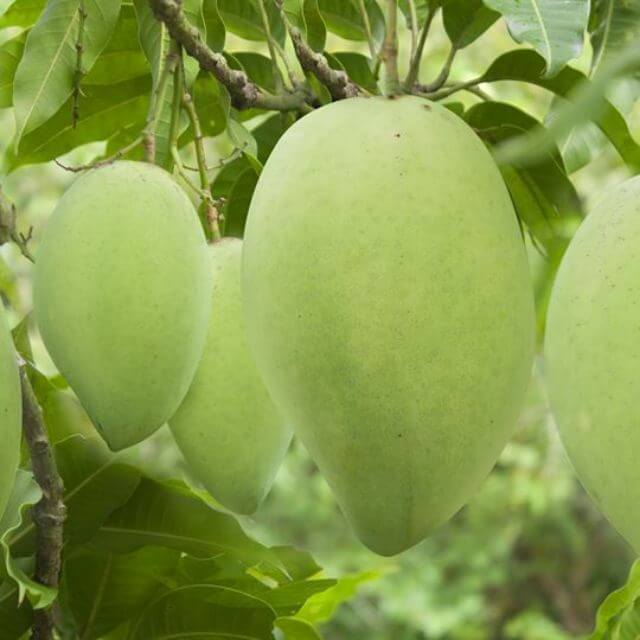
ACACIA MANGO
Acacia mangoes are grown in the border provinces and are grown in many southern regions because they are quite adaptable. Acacia mango has a slightly rounded shape, with a waist in the middle and gradually smaller towards the tail.
Acacia mango has a mildly sour taste, acacia mango is often eaten raw or used when it is still hard because the meat will no longer taste good when ripe.

BIG MANGO
As the name suggests, this is a rather large mango (the statue means elephant), oblong shape, weighing from 0.5kg to 1kg.
When alive, it has a very beautiful green color, when ripe, it has a pale yellow color with a little green, the skin is smooth and glossy, the aroma is sweet and succulent but not as sweet as other mango varieties. Big mango has a very special sour and crispy taste that is unforgettable.
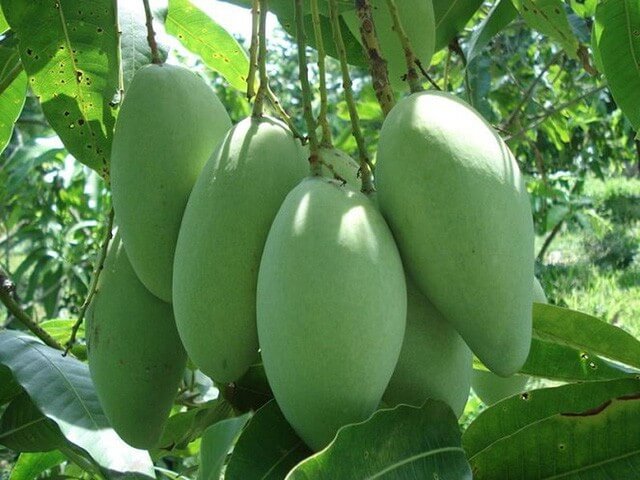
CAT CHU MANGO
Cat Chu Mango appeared for the first time in Cao Lanh City, Dong Thap province and it can be confirmed that it is 100% pure.
When ripe, mango is soft, fragrant, low in fiber, dark sweet and very attractive aroma. When eating, you will easily feel the sweet aroma that is difficult to mix with other types of mango.

PACKING PROCEDURES OF MANAGEMENT FOR EXPORT

- Step 1: Use ozone water to wash mangoes, and remove substandard impurities.
- Step 2: Apply wax on the mango stem that has just been cut to limit the invasion of harmful bacteria.
- Step 3: Put the mango in a cold room and keep the storage temperature at an appropriate level during the whole export process.
- Step 4: Put mangoes into cartons or special-use foam boxes for export. This type of barrel needs to be designed with ventilation holes to avoid crushing and prevent steaming.
- Step 5: Use a vacuum cleaner to limit the formation of ethylene gas, which causes the fruit to ripen and spoil too quickly. Businesses can also add ethylene absorbent bags to their bins to slow down the natural ripening process of mangoes.
STANDARD PACKING |
||||||
|
CTN NO.: |
DESCRIPTION OF GOODS | NUMBER OF BOX | WEIGHT PER BOX (KGS) |
TOTAL WEIGHT (KGS) |
||
| NET (KGS) | GROSS (KGS) | NET (KGS) | GROSS (KGS) | |||
|
40’HR |
FRESH MANGO |
920 |
29.00 |
31.00 |
26,680,00 |
28,520,00 |
|
TOTAL |
920 |
26,680,00 |
28,520,00 |
|||
